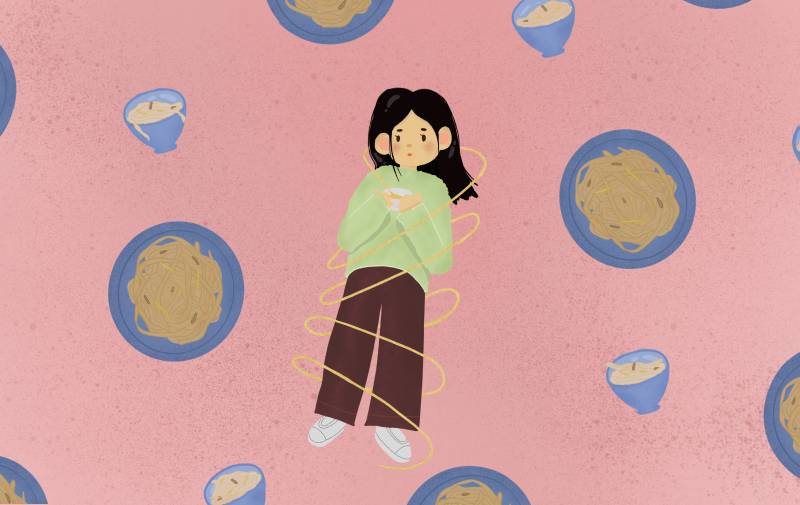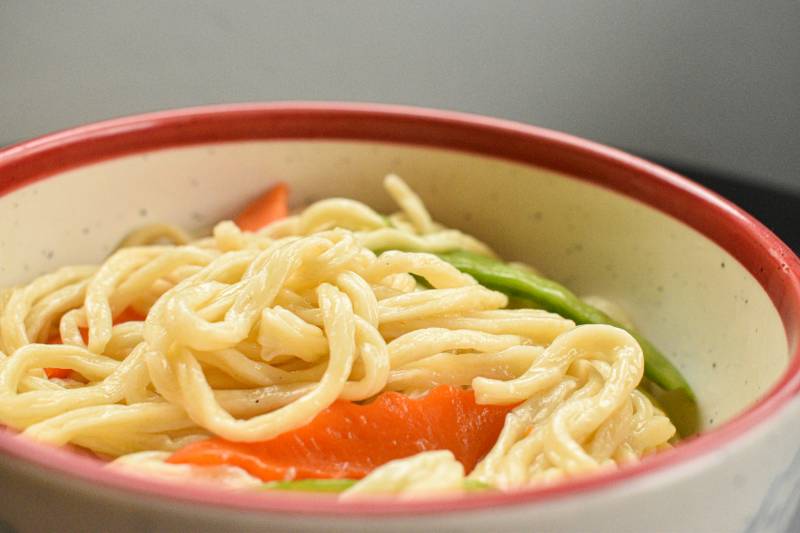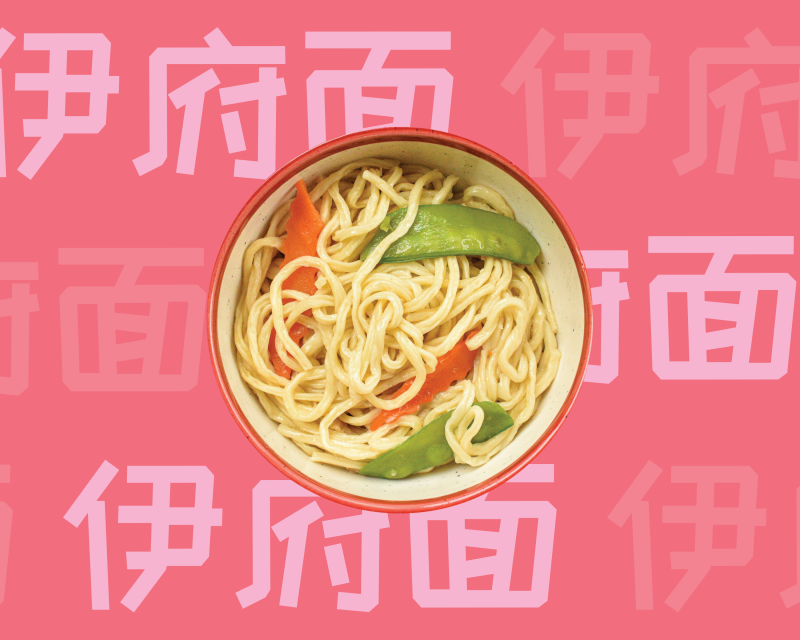I once believed that noodles could help me live forever. It wasn't so long ago when my grandmother repeated noodle myths from the Han dynasty around the dinner table in San Francisco’s Chinatown. She'd order heaping plates of yi mian (伊面), known as e-fu noodles, and twirl the generous noodles with her spoon. "Long noodles mean long life, so don't waste!" she'd say as she scooped another serving onto my plate.
Her words stuck with me. Every holiday dinner at Chef Hung’s in Chinatown, my sister and I scanned the menu, determined to hunt down our favorite yi mian dish (we were trying to live forever). Fortunately for us, it was instantly recognizable on the list, garnished with juicy lobster and stubby mushrooms, and rolled off our youthful tongues. Even when yi mian was not on the menu, grandma would wave down a waiter and send in a special order. And wherever we went, the restaurant came up with the ingredients. Like magic. Towards the end of our eight-course meal, after stuffing ourselves silly, a mountain of yi mian arrived, steamy and fragrant. But even then, the sheer amount of noodles never seemed to faze us — we slurped it all up.

As I got older, I gravitated toward these springy noodles every chance I could. For their addictive texture and seasoning, rigorous packaging process, and as I learned recently, the dough’s secret ingredient: sodium bicarbonate, or soda water. After adding this secret ingredient to the dough, strips of dough are boiled, deep-fried, and pressed into round cakes for instant cooking. Today, you’ll find yi mian, the supposed ancestor of Momofuku Ando’s instant noodles, lining the shelves of Chinese grocers and atop of every table during Chinese New Year. Holiday or not, I seized any opportunity to get my hands on yi mian.

Besides loving yi mian’s taste, I embraced these noodles for another, less taste-related reason. I wanted to believe my grandma. I wanted to become the oldest person to ever live. And I believed I could do it, if I followed my grandma’s advice. After many years of hearing her same stories, told with authority and reassurance, I can recount four different myths claiming to know yi mian’s origins and its connections to longevity.

